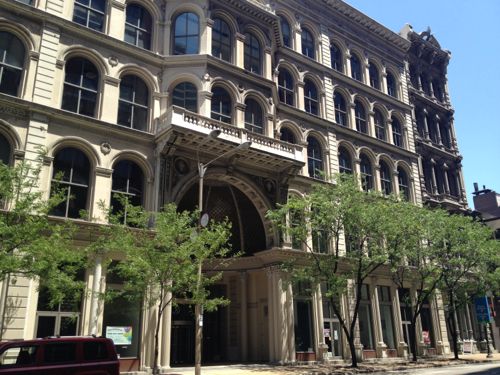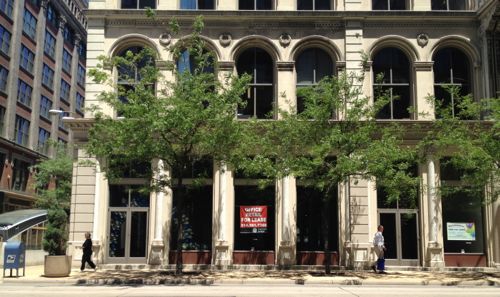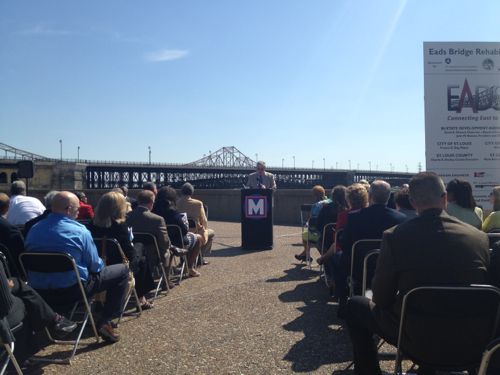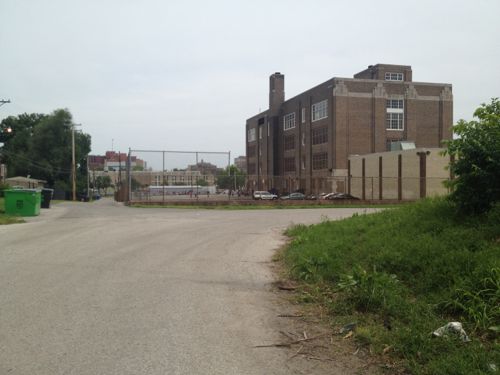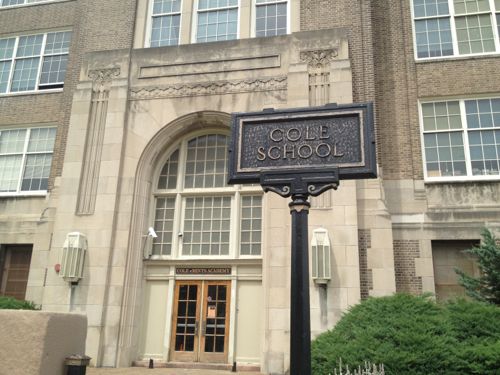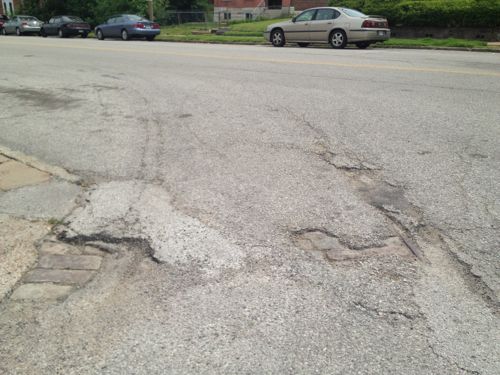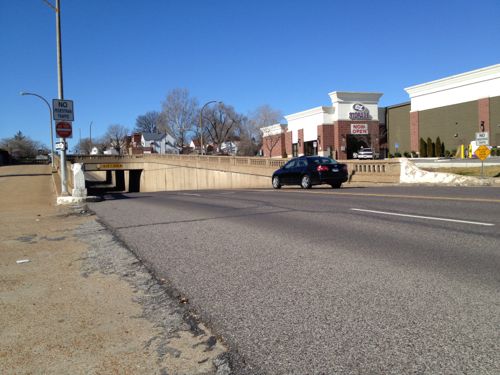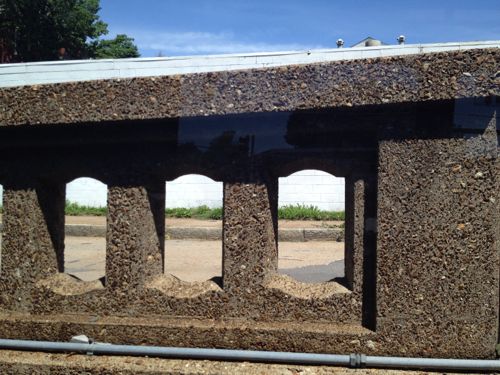St. Louis Hosted The 1916 Democratic Convention
Ninety-six years ago candidates for president were securing delegates to get the nomination for their party. The Democratic Party held their convention in St. Louis:
The 1916 Democratic National Convention was held at the St. Louis Coliseum in St. Louis, Missouri from June 14 – June 16, 1916. It resulted in the nomination of President Woodrow Wilson of New Jersey for President and Thomas R. Marshall of Indiana for Vice-President. (Wikipedia)
St. Louis Coliseum?
The St. Louis Coliseum was an arena in St. Louis, Missouri from 1908 to 1953 at the southwest corner of Washington Boulevard and Jefferson Avenue.
When the cornerstone was laid on August 22, 1908, it was claimed the building would be the largest public building in the United States. It replaced the St. Louis Exposition and Music Hall as the city’s main indoor arena.
The building was leased for several years by Tex Rickard and was the site of boxing matches. It was also a venue for the Veiled Prophet Parade.
Kiel Auditorium which opened in 1934 effectively replaced the Coliseum, and it was condemned as unsafe by the city in 1953. (Wikipedia)
This new Coliseum was needed because the new St. Louis Library was going to be built on the site of the St. Louis Exposition and Music Hall.


Three years after the St. Louis Coliseum was razed Jefferson Bank opened their new facility on the site, see: Jefferson Bank’s 1956 Move South of Delmar, Away From Pruitt-Igoe, & 1963 Protest. View the site today in Google Maps here.
St. Louis built numerous facilities in the early 20th century:
- 1883: St. Louis Exposition and Music Hall, lasted 25 years
- 1908: St. Louis Coliseum
- 1929: St. Louis Arena
- 1934 Kiel Opera House, now Peabody Opera House
- 1977: Cervantes Convention Center, later expanded and now know as America’s Center
St. Louis was a finalist for the 2012 Democratic convention but Charlotte NC was selected.
– Steve Patterson
